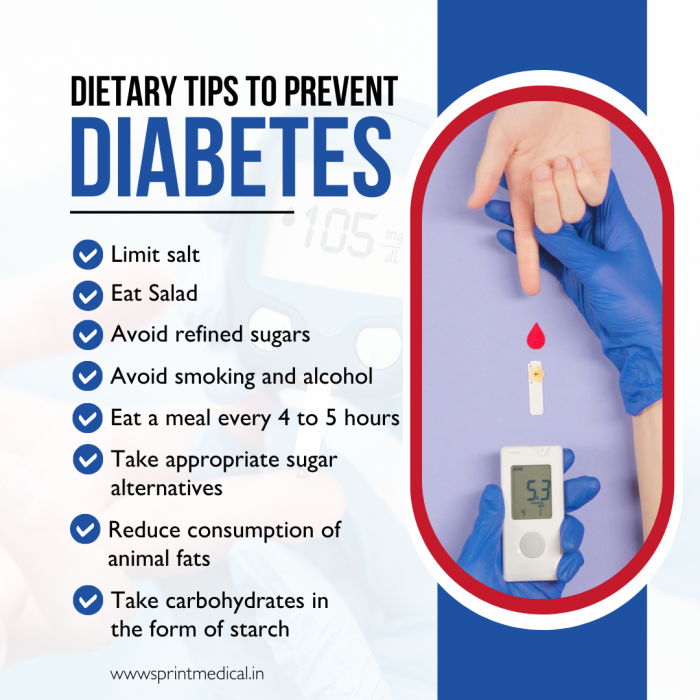
There is a mixed opinion about the cause of diabetes. Some people believe that diet is the main culprit in causing this condition, while others believe it’s hereditary. Both are partly correct but over-consumption of sugars and refined carbohydrates can lead to insulin resistance which causes diabetes. So if you want to keep yourself away from this condition, avoid eating too much sugar and carbohydrates and follow these eight easy steps:
Limit Salt
Reduce salt intake. The American Heart Association recommends that you limit the amount of sodium in your diet to less than 2,300 milligrams per day (about 1 teaspoon). This is about a third of what most people actually consume on average, which is around 3,400 mg/day. The easiest way to reduce your salt intake is by reading food labels and choosing products with low sodium content. Look out for words like “salt” or “sodium”; if they’re listed in the ingredients list or nutrition facts panel, then there’s plenty of sodium involved! Another tip: avoid processed foods altogether; they tend to be high in sodium because it helps preserve the product longer before spoiling due to its preservative properties.
Eat Salad
Salad is a great way to add more vegetables to your diet. It’s also an easy way to make sure you’re getting enough fiber, vitamins and minerals from your food. The health benefits of salad come from its high water content, which helps keep you hydrated and feeling full longer. In addition to the nutrients found in salad greens themselves (such as vitamins A and K), leafy greens are excellent sources of lutein–a carotenoid that may help protect against age-related macular degeneration (AMD).
Avoid Refined Sugars
Saturated fats, trans fats, and refined sugar are all empty calories that can contribute to weight gain. This can lead to high blood sugar levels which may increase your risk of diabetes. You should also avoid foods that contain added sugars or other sweeteners such as high fructose corn syrup (HFCS), molasses, barley malt syrup and cane juice crystals. These include soft drinks/soda pop; fruit punches; fruit drinks with added sweeteners such as vitamin C or calcium supplements sold in cartons like orange juice; sports drinks like Gatorade that contain HFCS; candy bars – especially chocolate-coated ones since they have even more fat than regular candy bars!
Avoid Smoking and Alcohol
Smoking and alcohol are two of the most common risk factors for diabetes. Smoking is associated with a higher risk of type 2 diabetes while alcohol is associated with an increased risk of type 2 diabetes. Both smoking and heavy drinking can also make it more difficult to control your blood sugar levels, which can lead to complications like heart disease and stroke.
Eat a Meal every 4 to 5 Hours
The key to maintaining a healthy blood sugar level is to eat regularly. This means eating at least three meals and two snacks per day, spread out over 6-8 hours. If you find yourself feeling hungry between meals, try eating something small and healthy like an apple or banana instead of reaching for junk food or soda. If you’re still hungry after that snack, then maybe it’s time for another one!
Take Appropriate Sugar Alternatives
The first step in preventing diabetes is to reduce your sugar intake. While this may seem like an easy task, it can be difficult to stick with because most people have been conditioned by society to think that sugar is the only way to enjoy food. However, there are many alternatives available that can help you reduce your overall consumption of added sugars without sacrificing taste or texture!
Reduce Consumption of Animal Fats
The first dietary tip to prevent diabetes is to reduce the consumption of food containing animal fats. Animal fats are bad for your health and increase the risk of diabetes. Examples of foods containing animal fats include:
- meat (beef, pork, lamb, etc.)
- cheese (cheddar cheese or brie)
- butter
Take Carbohydrates In The Form of Starch
Starch is a carbohydrate that is found in plants. It’s the most common form of carbohydrate in the diet, and it provides your body with energy. You can find starch in foods like bread, pasta and potatoes.
We hope you’ve found this article to be helpful. If you have any questions, please contact us. We’re always happy to help!
